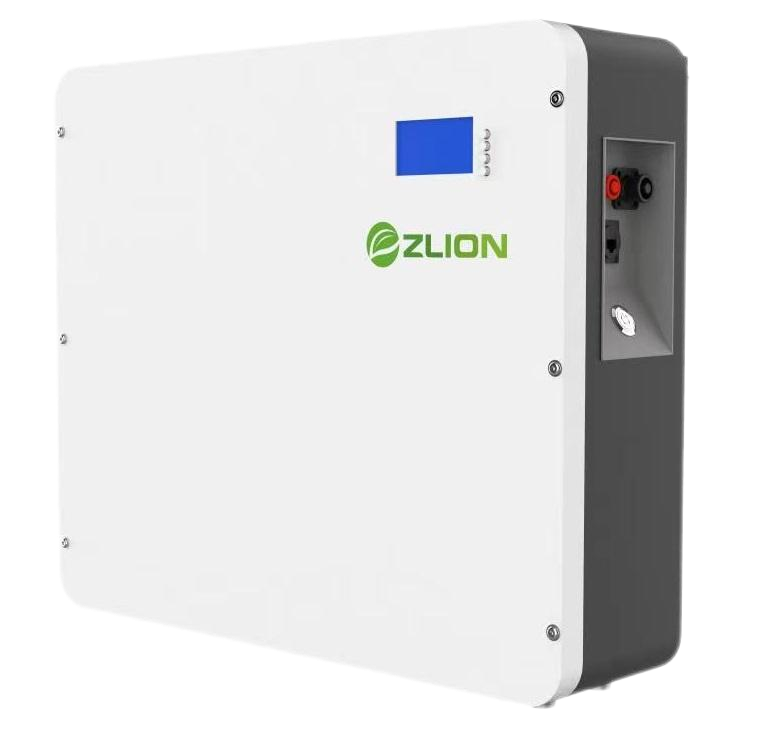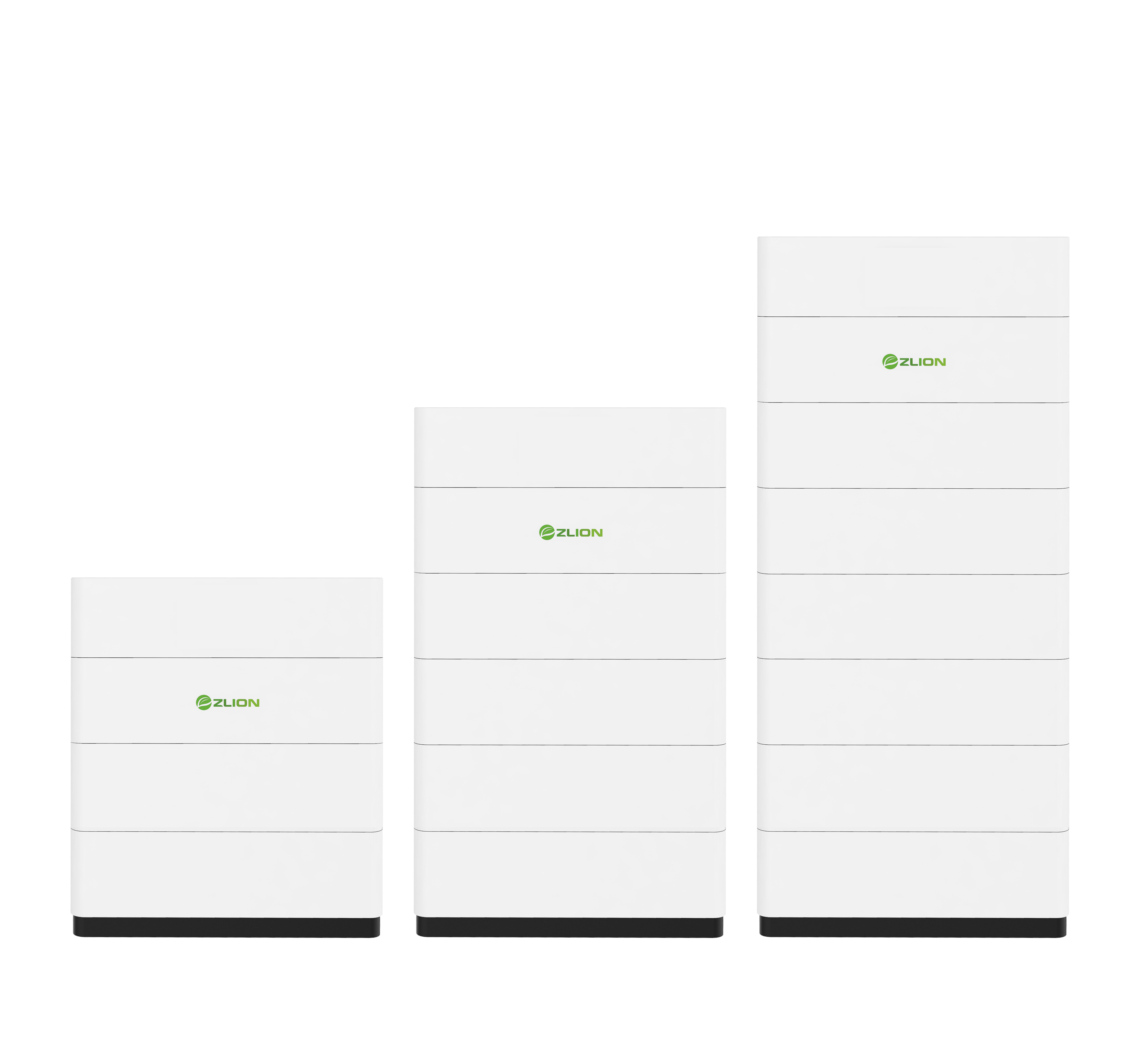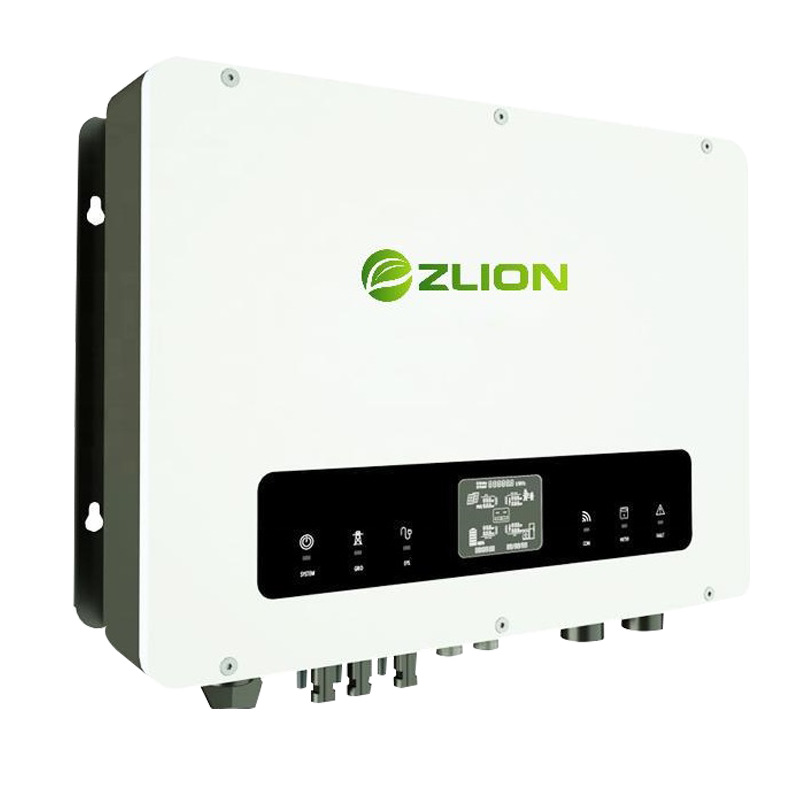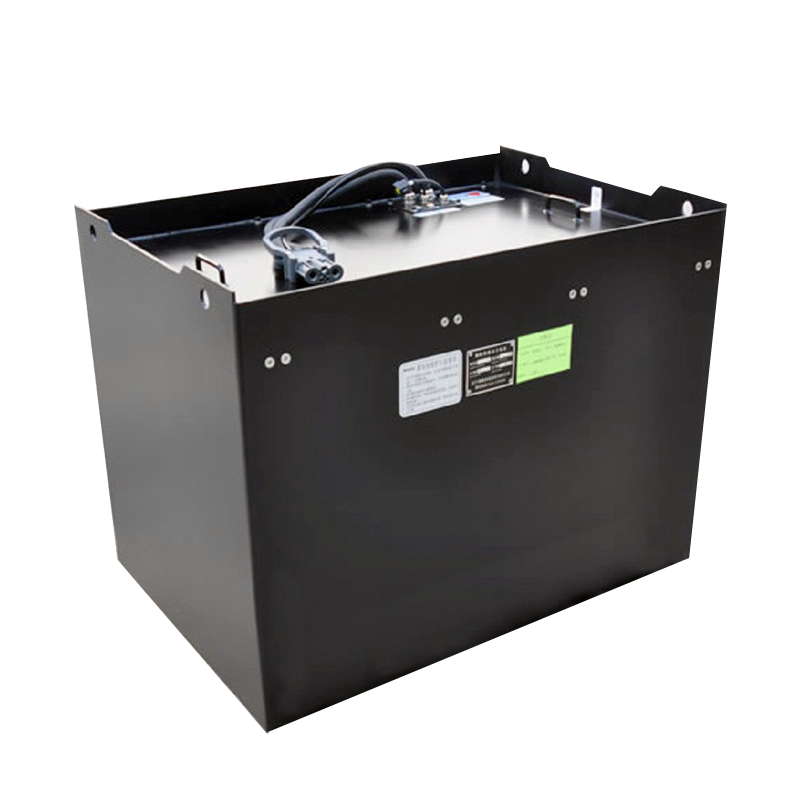1. Charge regularly
Avoid excessive discharge: try not to let the battery power less than 20%, to prevent deep discharge on the battery caused irreversible damage.
Timely charging: Charge immediately after use, especially when the battery level is close to 20%. Lithium-ion batteries have no memory effect, so there is no need to wait until they are fully discharged before recharging.
2. Store properly
Suitable temperature: Store the battery in a dry, well-ventilated place, ideally at 20°C to 25°C. Both high and low temperatures affect battery performance and life.
Moisture-proof and waterproof: Keep the battery away from humidity to prevent water from entering the battery and causing short circuit or corrosion.
3. Keep it clean
External cleaning: Wipe the battery case regularly with a clean cloth to remove dust and dirt to prevent poor heat dissipation.
Terminal maintenance: Check whether battery terminals are tight and oxidized or corroded. If necessary, apply appropriate amount of Vaseline or other preservative to the terminal to prevent oxidation.
4. Balanced charging
Use a special charger: Make sure to use a special charger provided by the manufacturer to charge, to ensure the stability of the charging voltage and current.
Balanced mode: Some advanced chargers offer a balanced charging mode, which can balance the voltage of various battery units and extend battery life.
5. Monitor the battery status
Use BMS (Battery Management System) : Most modern lithium batteries are equipped with BMS, which allows real-time monitoring of battery status, such as voltage, temperature, etc. Check the BMS report regularly to ensure that the battery is functioning properly.
Record data: record the time, power and temperature changes of each charge in order to find abnormal conditions and deal with them in time.
6. Check regularly
Physical inspection: Regularly check whether the battery has physical damage, such as cracks, deformation, etc., and replace the battery in time when the problem is found.
Electrical inspection: Check whether the battery connection cable is loose or damaged to ensure that all connections are firm and reliable.
7. Perform safe operations
Follow the operating manual: Strictly follow the manufacturer's operating manual for charging and use to avoid damage to the battery caused by improper operation.
Wear protective gear: When handling batteries, wear appropriate protective gear, such as gloves and goggles, to prevent accidental injury.
8. Regular maintenance
Professional maintenance: It is recommended to send the battery to a professional institution for comprehensive testing and maintenance every year or two to ensure that the battery is in the best condition.













